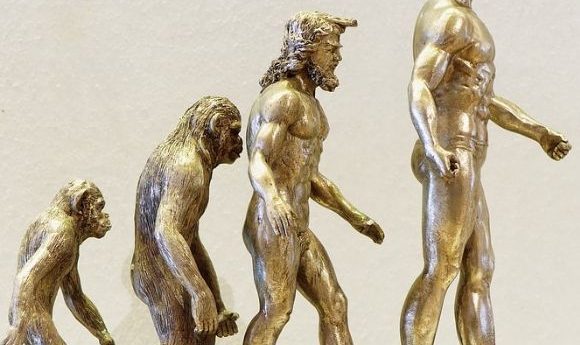Transcription factor binding: an evolutionary landmark?

Researchers identify human transcription factor binding sites with specificity for DNA motifs divergent to analogs found in other species, possibly accounting for the unique aspects of our physiology and anatomy, and potentially filling in some of the gaps in our evolutionary history.
Transcription factors (TF), the sub-type of proteins responsible for the regulation of gene transcription, have often been considered highly conserved throughout the kingdom Animalia. However, a recent study conducted at the Donnelly Centre for Cellular and Biomolecular Research (ON, Canada), led by Timothy Hughes, has uncovered a group of TF binding sites that display specificity to DNA motifs that are distinct even from closely related species, let alone members of distant phyla such as the fruit fly, as has been previously claimed.
The common acceptance of the conservation of TF has largely been due to the limitations of the instrumentation used to analyze their structure. Previously, TF binding sites were considered with respect to their overall structure and amino acid composition, which allows for an understanding of the shape and charge of the binding site, therefore, providing an overall understanding of the motifs that the TF will likely bind to.
-
How did humans evolve brains larger than chimps or gorillas?
-
Faster and easier discovery of DNA-binding motifs
-
Primordial protein translation
-
Drosophila for diet strategies
Hughes’ team developed a new method known as “similarity regression” that includes a new software capable of identifying the exact amino acids that bind the DNA, a minute fraction of the overall binding site. This allowed the team to identify the differences between TF binding sites that would otherwise be considered the same, putting to test the verisimilitude of the theory that the same TF in humans will bind to the same motifs as in Drosophila flies.
Similarity regression identified a host of human TF that bound to alternate DNA motifs to those bound by the same version of the TF in other species. Between chimps and humans, who share 99% of their genome, dozens of TF were identified that bound different motifs leading to the transcription of hundreds of different genes. When compared to Drosophila, there was a difference in the DNA binding motifs targeted by shared TF of almost 50%. The majority of these differences was observed in the class of TF known as C2H2 zinc finger motifs.
“There is this idea that has persevered, which is that the TF bind almost identical motifs between humans and fruit flies, and while there are many examples where these proteins are functionally conserved, this is by no means to the extent that has been accepted.”
Noting the differences observed in the results, Sam Lambert remarked that “these molecular differences could be driving some of the differences between chimps and humans.” Hughes went on to address the challenge to existing conceptions of TF binding, stating that: “there is this idea that has persevered, which is that the TF bind almost identical motifs between humans and fruit flies, and while there are many examples where these proteins are functionally conserved, this is by no means to the extent that has been accepted.”
The results of this study highlight zinc finger TF as a potential source of unique aspects of human physiology and providing a candidate for a step in the path of human evolution, warranting further study into the genes targeted by these molecules. The study also provides a warning for researchers conducting animal model experiments to establish information about TF that they would like to correlate to humans.
Next Hughes intends to look into sexual dimorphism, to see if these discoveries could account for some of the differences in male and female development, physiology and anatomy. “Almost nobody in human genetics studies the molecular basis of sexual dimorphism, yet these are features that all human beings see in each other and that we are all fascinated with,” exclaimed Hughes. “I’m tempted to spend the last half of my career working on this, if I can figure out how to do it.”